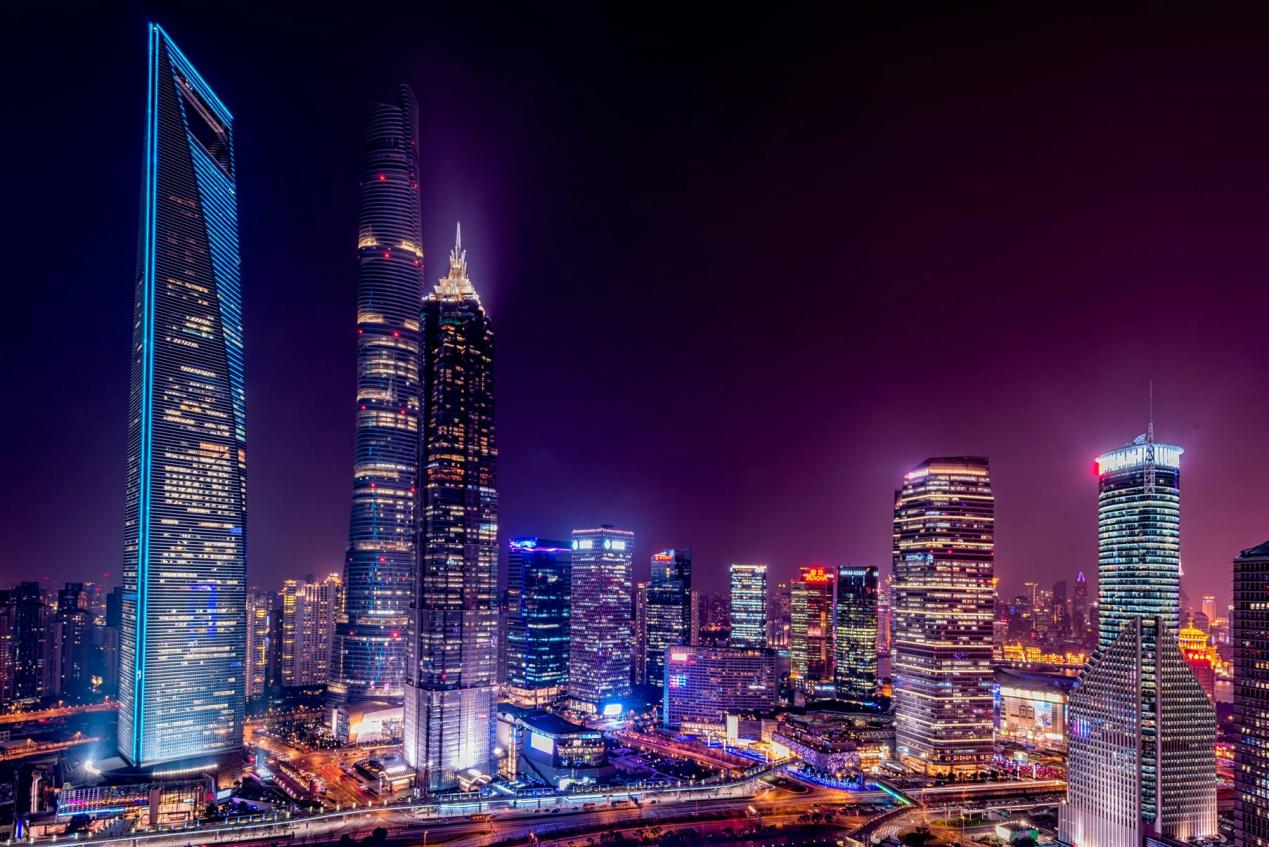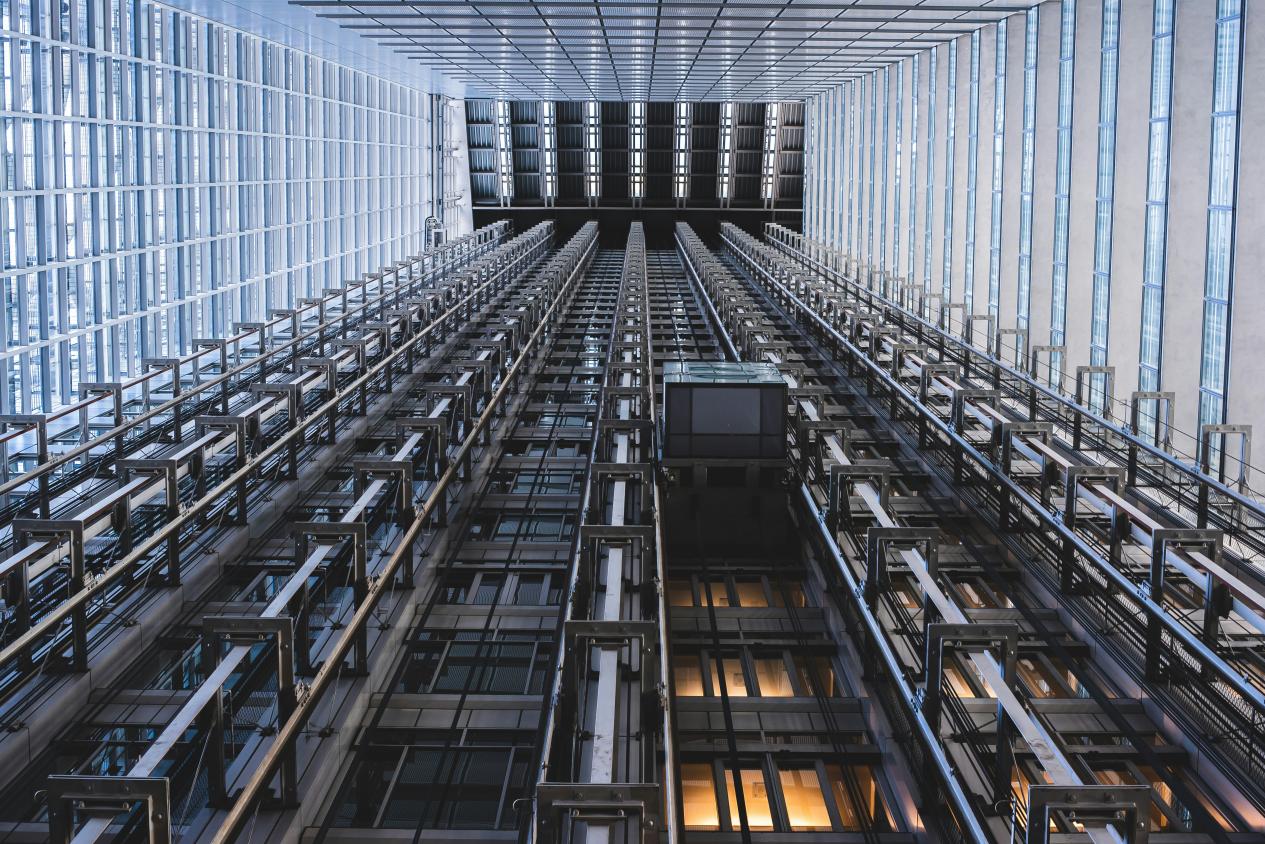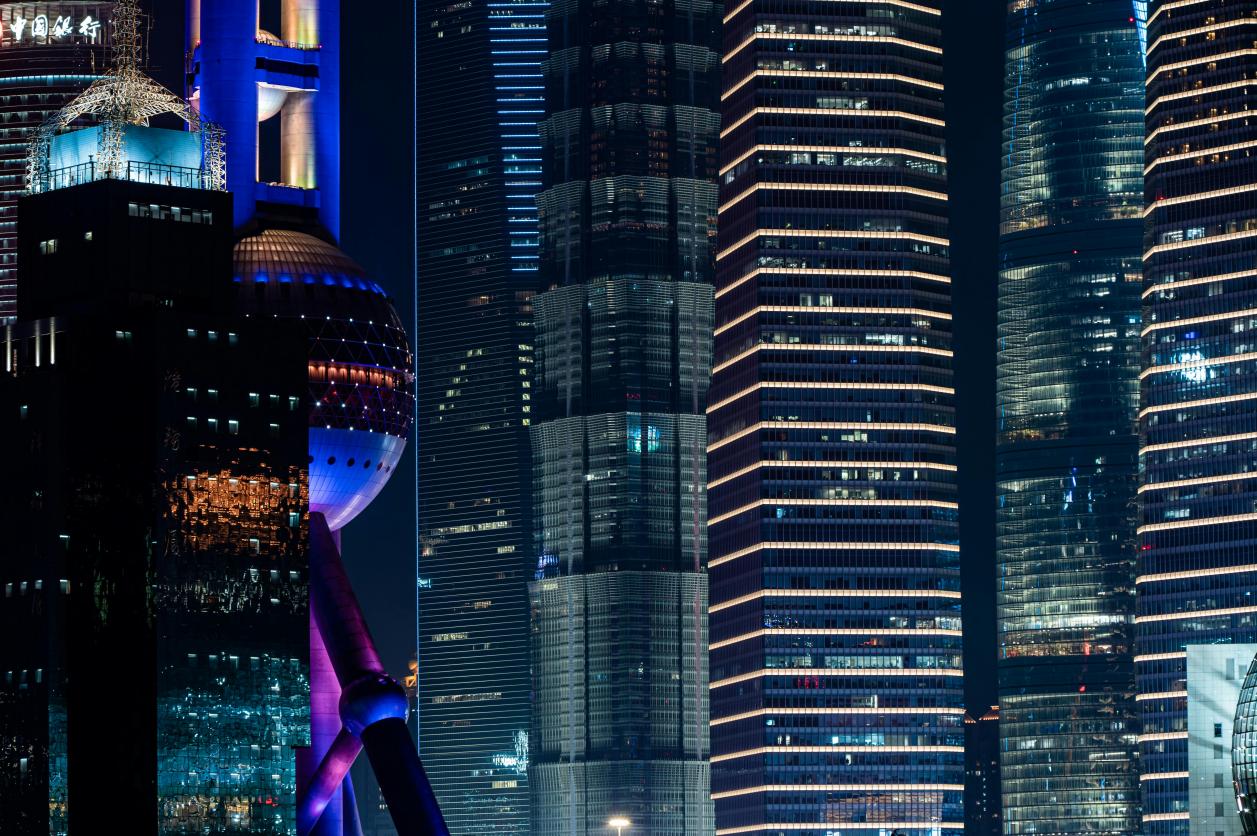When night falls on the city, the glass curtain wall of the Shanghai Tower will be rippling with a halo. This 632-meter-high behemoth is not a stationary steel behemoth, but an organism undergoing micro-circulation. Its breathing code is hidden in those almost ignored gaps.
Engineers set up 12 rotatable "eyes of the wind" on the top of the tower. These 3-meter-diameter vents are not exhaust ducts in the traditional sense, but intelligent breathing systems equipped with nano-scale filter membranes. Whenever the PM2.5 concentration exceeds the standard, these invisible lung lobes will automatically open, inhaling haze at a flow rate of 8 cubic meters per second, and decomposing particles with a diameter of less than 0.3 microns into harmless gases through electrostatic adsorption and photocatalytic reactions. The magic of this bionic design is that it imitates the gas exchange principle of the human alveoli, allowing the building to complete self-purification while breathing.

Even more fascinating is the vertical forest hidden behind the curtain wall. The 30,000 plants are not just decorations. They form a three-dimensional ecosystem along the building's facade, which can absorb 25 tons of carbon dioxide and release 18 tons of oxygen every year. These plants are not randomly planted, but are weather-resistant varieties that have been genetically screened. Their leaf surfaces are covered with super-hydrophobic nano-coatings, which can form countless micro-"umbrella arrays" during heavy rains, preventing rain erosion and avoiding the cold bridge effect of traditional curtain walls.
Inside the building, the vertical transportation system is undergoing a quiet revolution. In the shaftless elevator shaft of a multinational group's headquarters, the magnetic levitation track replaces the steel cable, and the elevator car is suspended on the track like a starship. This linear motor-driven system breaks the vertical limitations of traditional elevators, and the car can shuttle freely in multi-dimensional space. When the morning rush hour comes, the intelligent algorithm will allocate the car path in real time, compressing the commuting time by 37%. The shells of these high-speed cars are made of self-healing polymer materials, and any tiny scratches will automatically heal within 24 hours.

Deep underground is the life center of the building - the energy circulation center. Engineers have developed a liquid air-based energy storage system. Excess wind power at night compresses air into liquid and stores it in special steel cylinders. During peak hours of electricity consumption during the day, the liquid air vaporizes and expands to drive the turbine to generate electricity, and the entire process has zero carbon emissions. More interestingly, the system's waste heat is collected and warmed up the office area through the floor radiation system, while the low temperature generated by condensation is used to cool the data center.
In the eyes of architectural physicists, super-high-rise buildings are evolving from "space containers" to "energy flow machines." The facade of an experimental skyscraper is embedded with transparent perovskite photovoltaic films. These seemingly ordinary glass curtain walls have a conversion efficiency of up to 28.8%, far exceeding traditional silicon-based batteries. What's more, when strong winds pass through the corners of the building, specially designed vortex generators will convert turbulent airflow into regular fluctuations, driving piezoelectric ceramic sheets to generate microcurrents. This "building self-generation" system can meet 15% of the energy consumption of the entire building every year.
In the dead of night, the weather radar on the top of the building begins to scan the clouds. This vertical measurement system can warn of severe convective weather 15 minutes in advance, and the blinds of the linked intelligent curtain wall will automatically close. The rainwater collection system on the top floor will convert precious precipitation into ultra-pure water for cooling tower circulation and vertical farm irrigation. Vegetables grown at an altitude of 400 meters can complete their growth cycle through aeroponic cultivation technology with only 1/10 of the water consumption of traditional agriculture.

Futurists predict that when the boundaries between buildings and the environment gradually disappear, skyscrapers will become breathing organisms. Imagine that in the era of carbon neutrality, every super-high-rise will evolve into a micro-ecosystem: air-purifying algae grow on the exterior walls, circulating water flows in the atrium, and power-generating clouds float on the roof. And ordinary people like us who shuttle between them may have long forgotten that it was once a cold box cast in reinforced concrete, and only remember that it is a steel forest that coexists with nature, guarding the temperature of the city in silent breathing.




